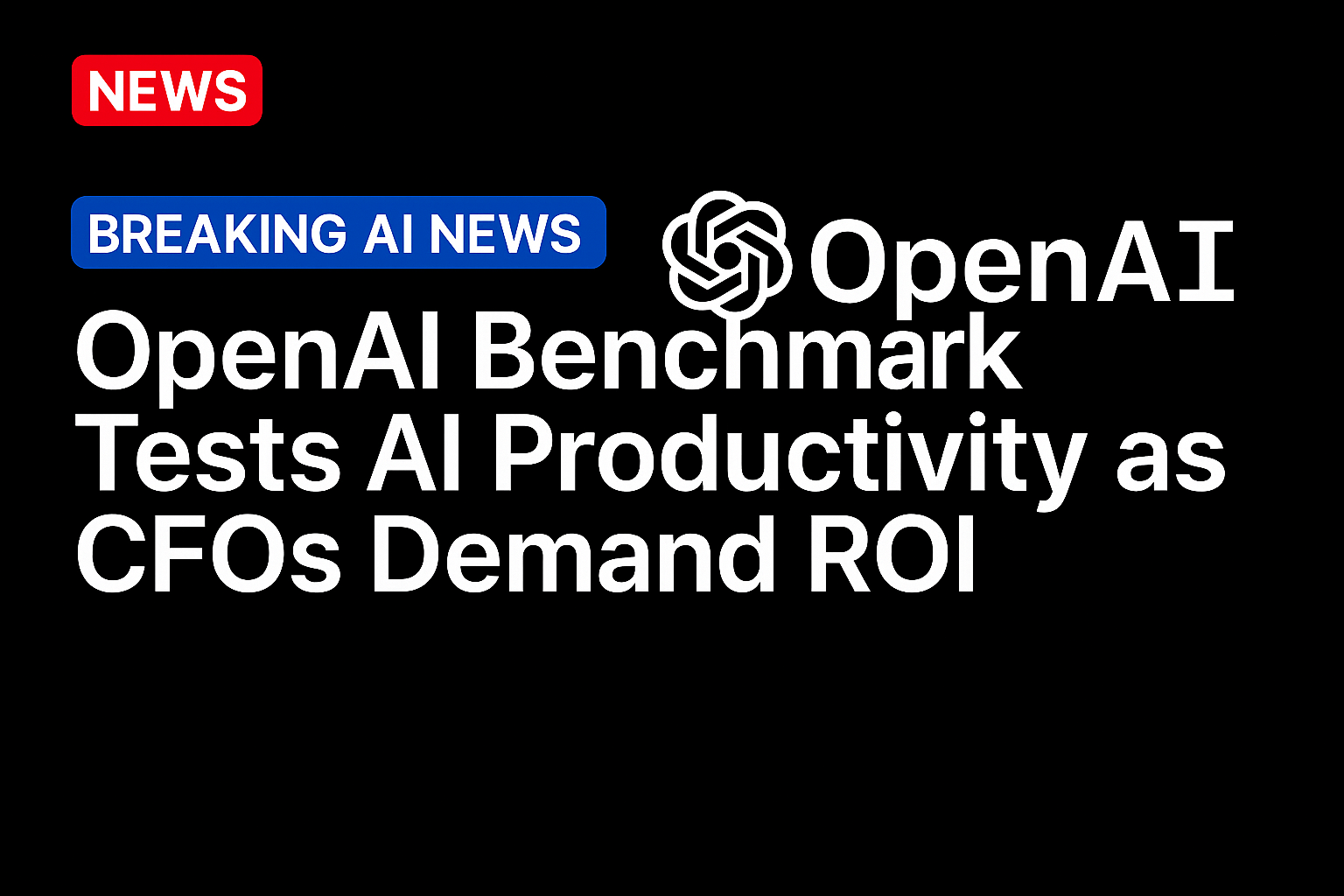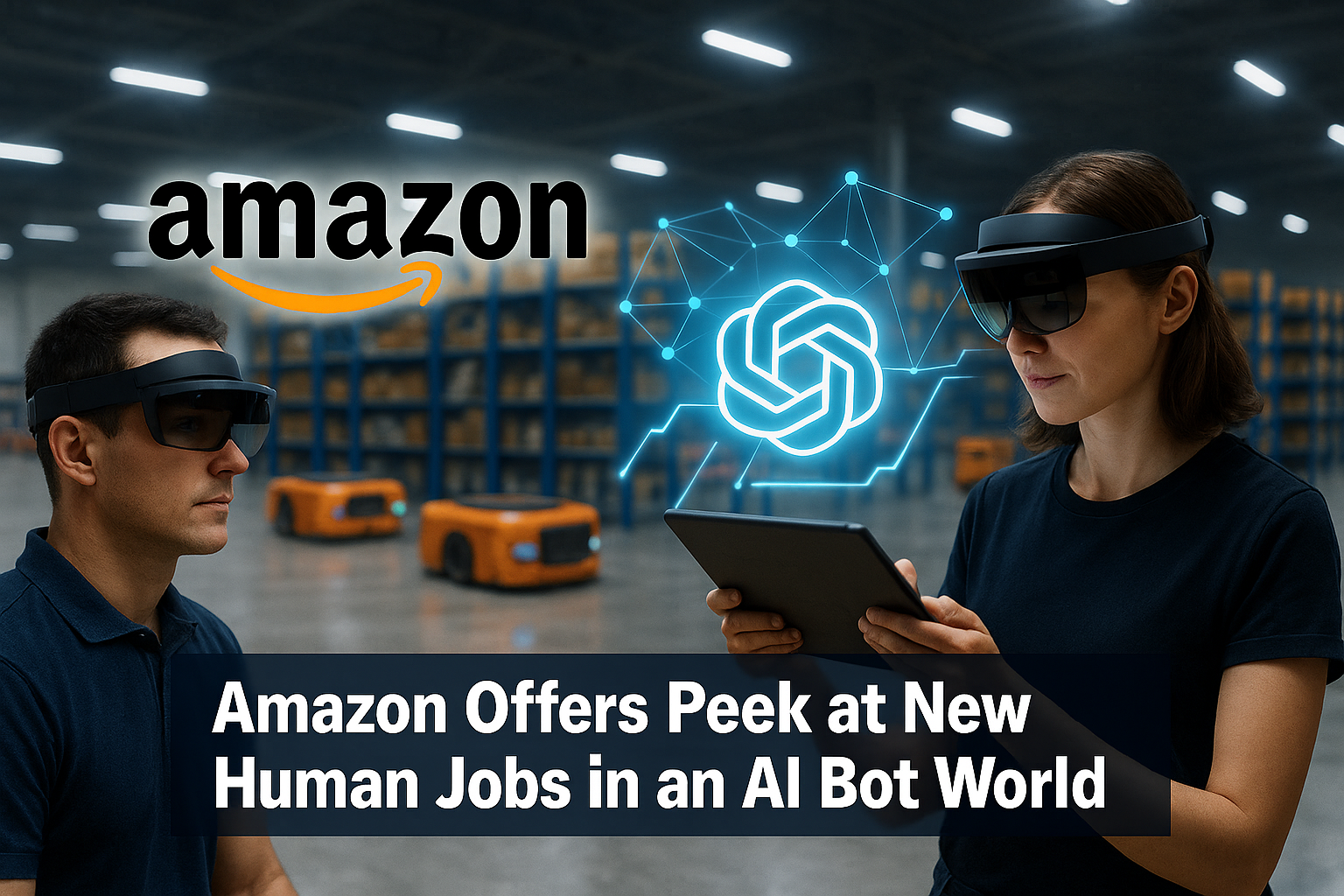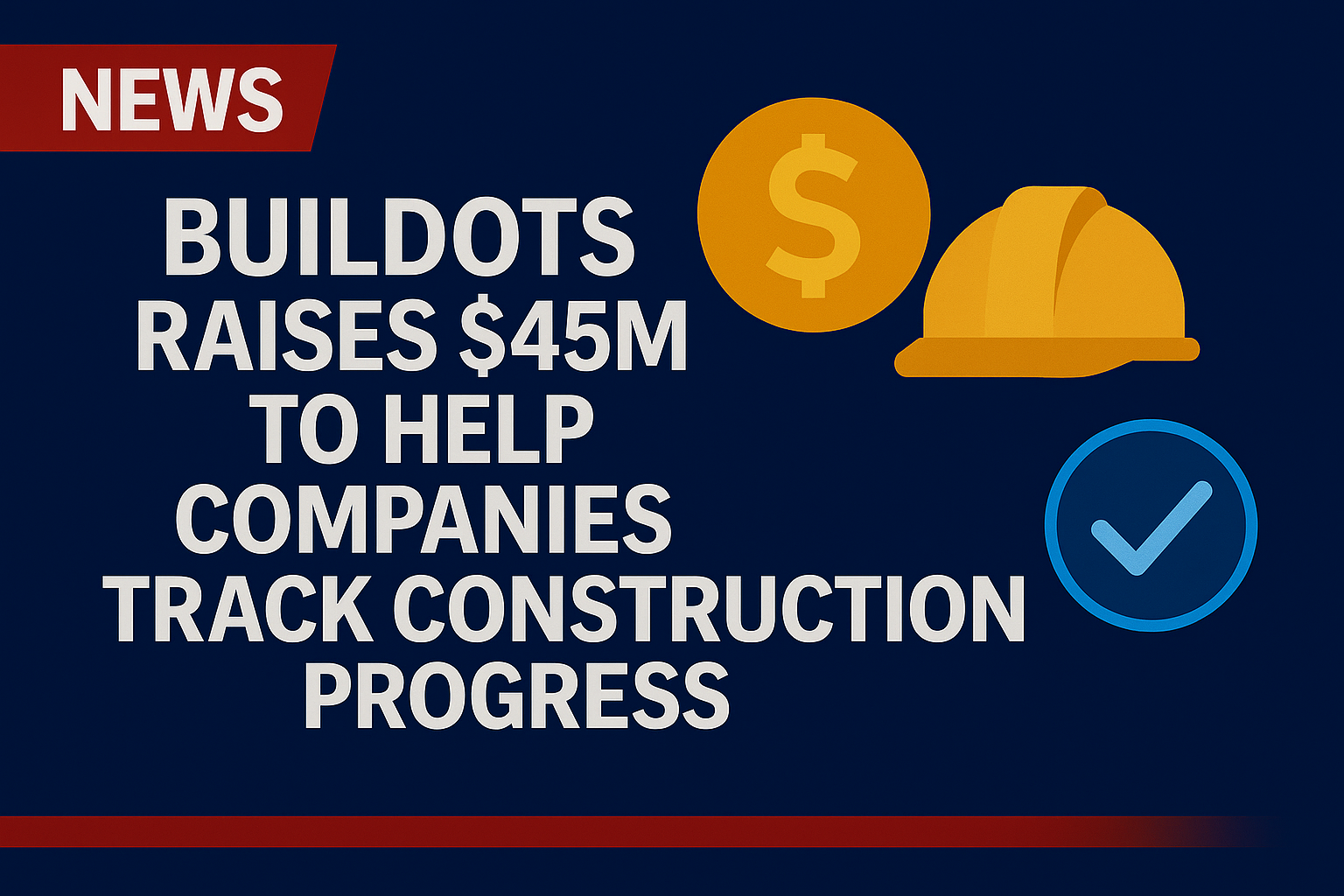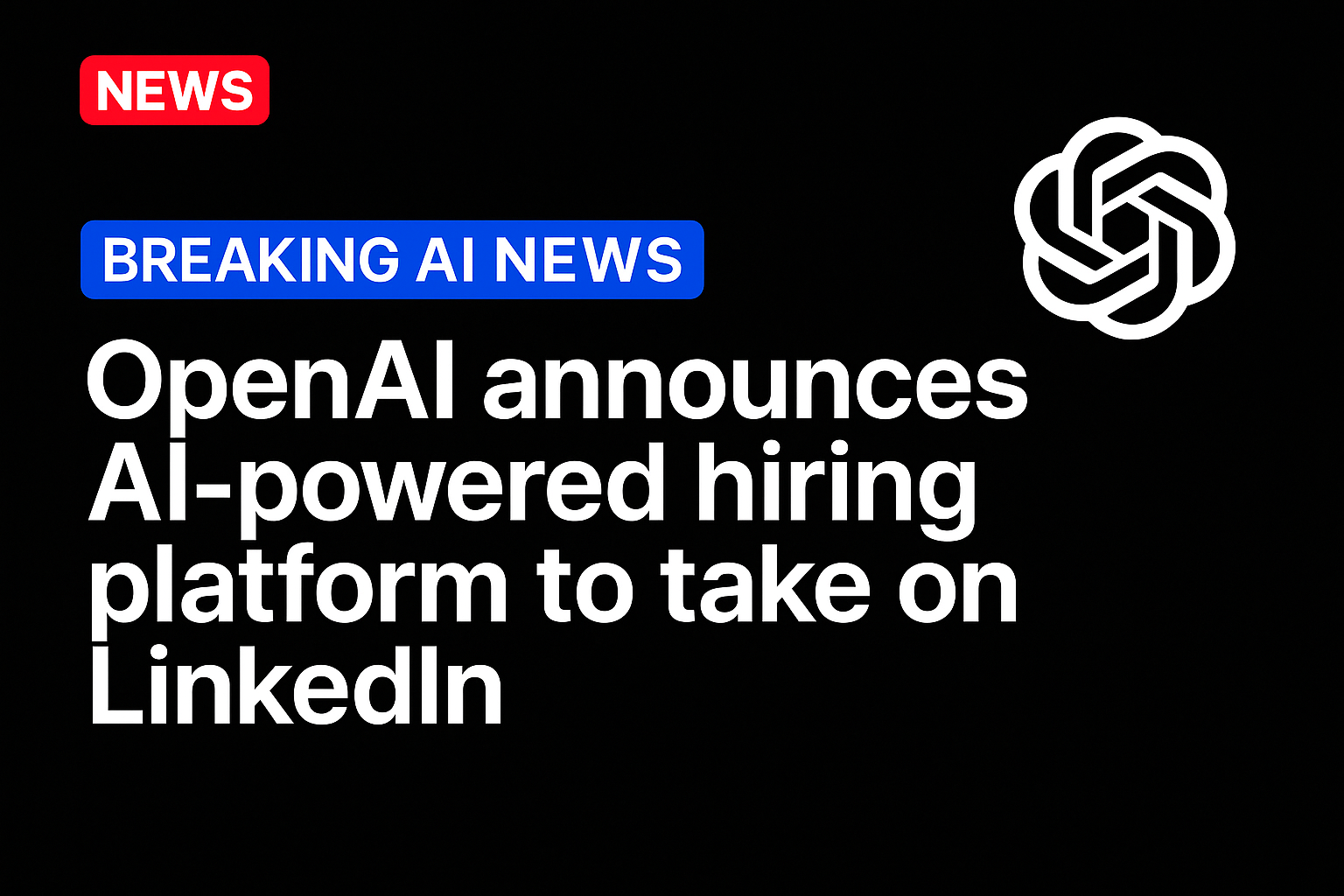
Artificial intelligence’s credibility in enterprise now hinges on whether it can perform real professional work at the standard of a trained expert.
That is the bar chief financial officers are setting as they weigh productivity, cost savings and return on investment. Finance chiefs are under pressure to scrutinize every AI dollar, demanding proof that projects move beyond experiments and into measurable economic value. A benchmark called GDPval introduced by OpenAI offers a concrete step in that direction by showing where AI is shifting from experimental to economically valuable.
GDPval is the first large-scale attempt to measure whether frontier AI models can perform professional-grade tasks. It evaluates leading AI models on 1,320 tasks drawn from actual work across 44 occupations in nine industries that together account for $3 trillion in U.S. wages. These aren’t puzzles or tests; they are professional deliverables like financial forecasts, healthcare case analyses, legal memos, and sales presentations. On average, a human expert needed seven hours to complete each task, with an estimated value of nearly $400.
What the Benchmark Shows
When judged blindly against expert outputs, leading models showed near-parity. Claude Opus 4.1 produced deliverables rated equal to or better than human work in 47.6% of cases, particularly excelling at aesthetics like slide layout. GPT-5 led in accuracy, following instructions and handling calculations reliably.
Pairing AI with human oversight also generated measurable returns. In scenarios where professionals reviewed and edited AI outputs, tasks were completed 1.1 to 1.6 times faster and cheaper than when humans worked alone. On average, model-only work still fell short of expert-level consistency, but in hybrid settings, output quality rose by more than 30% compared to unaided AI.
The benchmark also revealed variation across industries: performance was strongest in finance and professional services tasks, where structured data and defined deliverables dominate, and weaker in healthcare and education, where nuance and contextual judgment mattered more.
Where Leaders See the Payoff
This evidence aligns with PYMNTS reporting on how firms are beginning to reconfigure workflows. The CAIO report finds 98% of leaders now expect generative AI to streamline workflows, up from 70% last year. Nearly as many (95%) anticipate sharper decision-making. Similarly, in healthcare, early AI deployments in billing and coding show measurable ROI, but executives consistently cite accuracy and liability as gating factors.
Outside research supports the trajectory. A National Bureau of Economic Research study found that giving customer service agents access to generative AI boosted productivity by 14% on average, including a 34% improvement with junior staff seeing the largest gains. Meanwhile, McKinsey’s analysis continues to place the economic upside of generative AI in a similar range, estimating that the technology could unlock $2.6 trillion to $4.4 trillion annually across 63 use cases.
The Blind Spots to Be Managed
GDPval also highlights where AI still falls short. Across models, the most common failure mode was not following instructions. GPT-5’s misses were often cosmetic like formatting glitches or overly verbose outputs but about 3% of failures were catastrophic, meaning they could cause serious damage if deployed without oversight, such as giving the wrong medical advice or insulting a client. The study notes that these errors remain a limiting factor, even as models approach professional-level performance on many tasks.
This mirrors PYMNTS coverage of AI “hallucinations” in compliance and payments contexts, where fabricated data or misinterpretations can quickly become regulatory landmines. Still, the trend indicates steady improvement, with each generation closing gaps that once seemed insurmountable.
Source: https://www.pymnts.com/




